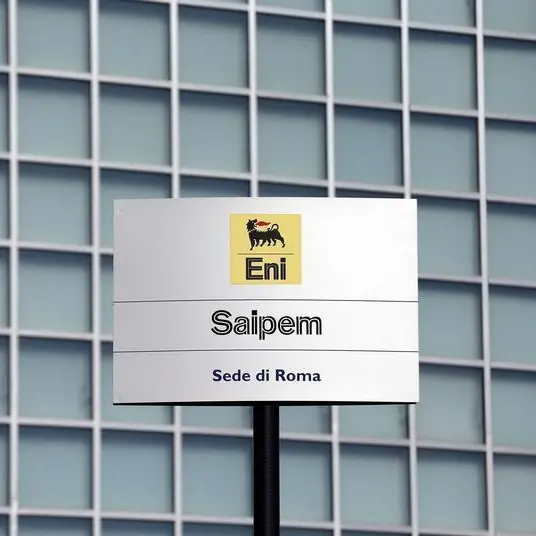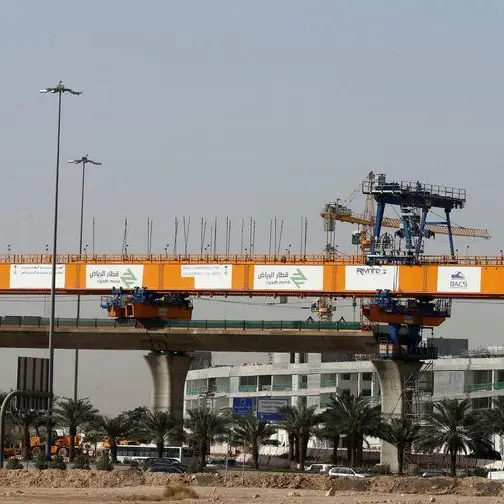PHOTO
The COVID-19 pandemic had a deep impact on the GCC banking sector resulting in record provisions being booked for fiscal 2020.
Not only was economic activity hit by the pandemic-induced lockdowns and restrictions in movement among GCC countries, the lower oil prices for most of the year saw state revenues slashed for the oil producing members.
The 62 listed banks in the GCC reported loan loss provisions (LLP) of $20.3 billion during 2020 with increases seen in all the six countries of the bloc, said Kamco Invest in a report on Wednesday.
Banks in the UAE saw the biggest spike in LLP during the year with an increase of 3.4 billion, or 72 percent, to reach 8.2 billion. On the other hand, Saudi Arabian banks booked the lowest percentage increase in LLP at 37.6 percent, or 1.3 billion, to reach $4.6 billion during the year.
Banks in the region set aside $6.4 billion for doubtful credit during Q4-2020, the highest for a quarter ever recorded in the region.
“Nevertheless, lending growth continued unabated in the region backed by economic recovery with gross loans (excluding Kuwaiti banks) reaching $1.4 trillion with a on quarter growth of 1.1 percent during Q4-2020,” Kamco said.
While most members reported growth ranging from 1 percent to 2.5 percent in gross lending during Q4-2020, UAE reported a decline of 1.2 percent.
The trend in net loans was similar, showing a growth of 1.4 percent with only UAE showing a marginal decline of 0.3 percent. As a result, earning assets reached a record high of $2.1 trillion with a q-o-q growth of 1.6 percent. This pushed total assets for the banking sector in the region to a new record high of $2.6 trillion, according to Kamco.
Customer deposits
The increase in customer deposits was relatively marginal during the quarter with growth of 0.4 percent to reach $1.9 trillion. Even then, only Saudi Arabia, Qatar and Bahrain showed growth, while UAE, Oman and Kuwaiti banks saw a decline.
UAE banks reported the first fall in customer deposits in 16 quarters at -3.7 percent q-o-q. The net impact of a faster growth in lending versus deposits during the last quarter was a rise in aggregate loan-to-deposit ratio to above the 80 percent mark for the first time in three quarters at 80 percent.
In terms of profitability, the decline in interest rates were reflected in lower net interest margins (NIM) for almost all the regional banks. The aggregate NIM for the region dipped below the 3.0 percent mark at 2.9 percent. However, Bahraini banks reported the highest NIMs in the region at 3.45 percent, followed by Saudi Arabian banks with aggregate NIM at 3.3 percent, down 13 bps (basis points) on the quarter.
(Writing by Brinda Darasha; editing by Seban Scaria)
Disclaimer: This article is provided for informational purposes only. The content does not provide tax, legal or investment advice or opinion regarding the suitability, value or profitability of any particular security, portfolio or investment strategy. Read our full disclaimer policy here.
© ZAWYA 2021











